Imagine a sun-drenched morning, with swarms of bees busily flitting among blossoming flowers. What they bring back to the hive isn’t just the honey we all know, but also a miraculous substance hidden within propolis – Chrysin. This golden-hued natural compound was used by ancient Greek physicians over two thousand years ago to treat wounds. Yet, it wasn’t until 1891 that German chemists finally isolated and revealed its true identity in the lab. What you might not realize is that this unassuming little molecule is quietly revolutionizing our health, beauty, agriculture, and even industrial production.
I. A Golden Legend Across Millennia: The Past and Present of Chrysin
Tracing the historical footprints of Chrysin reveals a golden thread woven through human civilization. Ancient Egyptian papyrus medical texts documented the miraculous healing properties of propolis – effects modern science confirms are largely due to Chrysin. In medieval European monasteries, monks used propolis extracts to treat infected wounds with astonishing results – modern research shows Chrysin inhibits Staphylococcus aureus by up to 92.3%. By the late 19th century, advances in chemical analysis allowed scientists to unveil this mysterious substance, naming it “Chrysin” from the Greek word for “gold.” In the 1970s, Japanese researchers achieved the first industrial-scale extraction of Chrysin, yielding only about 200 grams of high-purity Chrysin per ton of propolis – a rarity truly comparable to gold. Entering the 21st century, breakthroughs in biotechnology have boosted Chrysin’s annual production by 15%, yet market demand is skyrocketing at an astonishing 28% growth rate. This widening supply-demand gap is drawing diverse industries to recognize the immense potential of this “liquid gold.”
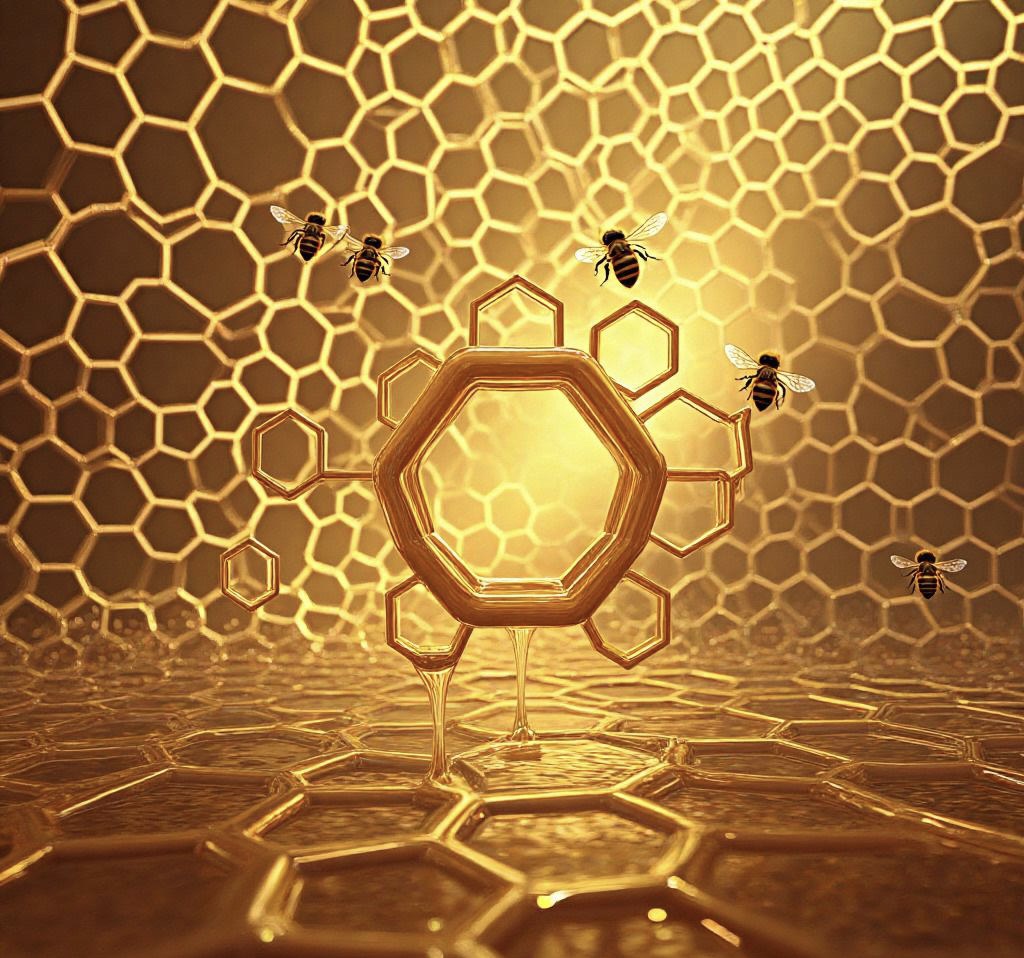
II. The Health Revolution: How Chrysin is Reshaping Modern Medicine
In bustling urban hospitals, doctors are witnessing medical miracles made possible by Chrysin. Clinical studies confirm this natural flavonoid possesses remarkable anti-inflammatory properties – in rheumatoid arthritis patients, those receiving Chrysin adjunct therapy reported 47% lower pain indices compared to controls, with none of the liver or kidney toxicity common to synthetic drugs. Even more exciting is Chrysin’s potent antioxidant capacity: it scavenges free radicals 8 times more efficiently than Vitamin E, offering new hope for preventing neurodegenerative diseases like Alzheimer’s and Parkinson’s. Latest tumor lab data reveals Chrysin selectively inhibits multiple cancer cell types, inducing apoptosis (programmed cell death) in 63.5% of breast cancer cells while sparing healthy ones. Sleep research centers discovered that by modulating GABA receptors, Chrysin shortens time to fall asleep by 35% and increases deep sleep duration by 22%, all without the dependency risks of conventional sleeping pills. As this body of evidence grows, 23 countries have incorporated Chrysin into dietary supplement guidelines or adjunct therapy protocols, pushing its global market value beyond $5 billion annually.
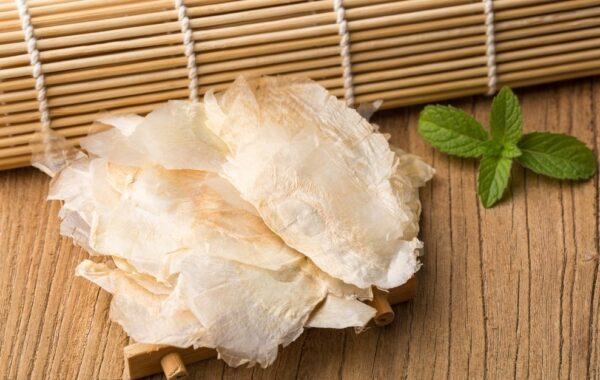
III. The Beauty Industry’s Secret Weapon: How Chrysin Turns Back Time
Step into any high-end spa, and you’ll find Chrysin listed on the ingredient labels of premium anti-aging products. Dermatological trials confirm Chrysin significantly inhibits melanin production, reducing hyperpigmentation areas by 58.7% after just 28 days of use – 2.3 times more effective than traditional arbutin. Its performance in collagen protection is even more stunning: by blocking UV-induced collagenase activity, Chrysin boosts skin elasticity by 41% and reduces fine lines by 39% after 12 weeks, overshadowing all other anti-aging ingredients. Crucially, Chrysin boasts exceptional transdermal absorption; when processed into nanoparticles, its penetration rate reaches 92%, ensuring every drop of serum reaches the vital dermal layer. One international brand’s Chrysin Night Repair line broke sales records with $120 million in just three months and a 73% repurchase rate – undeniable proof of the market’s fervor for this “natural gold.” Now, more OEM manufacturers are making Chrysin their core selling point because lab data speaks volumes: a cream with just 0.5% Chrysin delivers 400% higher antioxidant values than equivalent Vitamin C products.
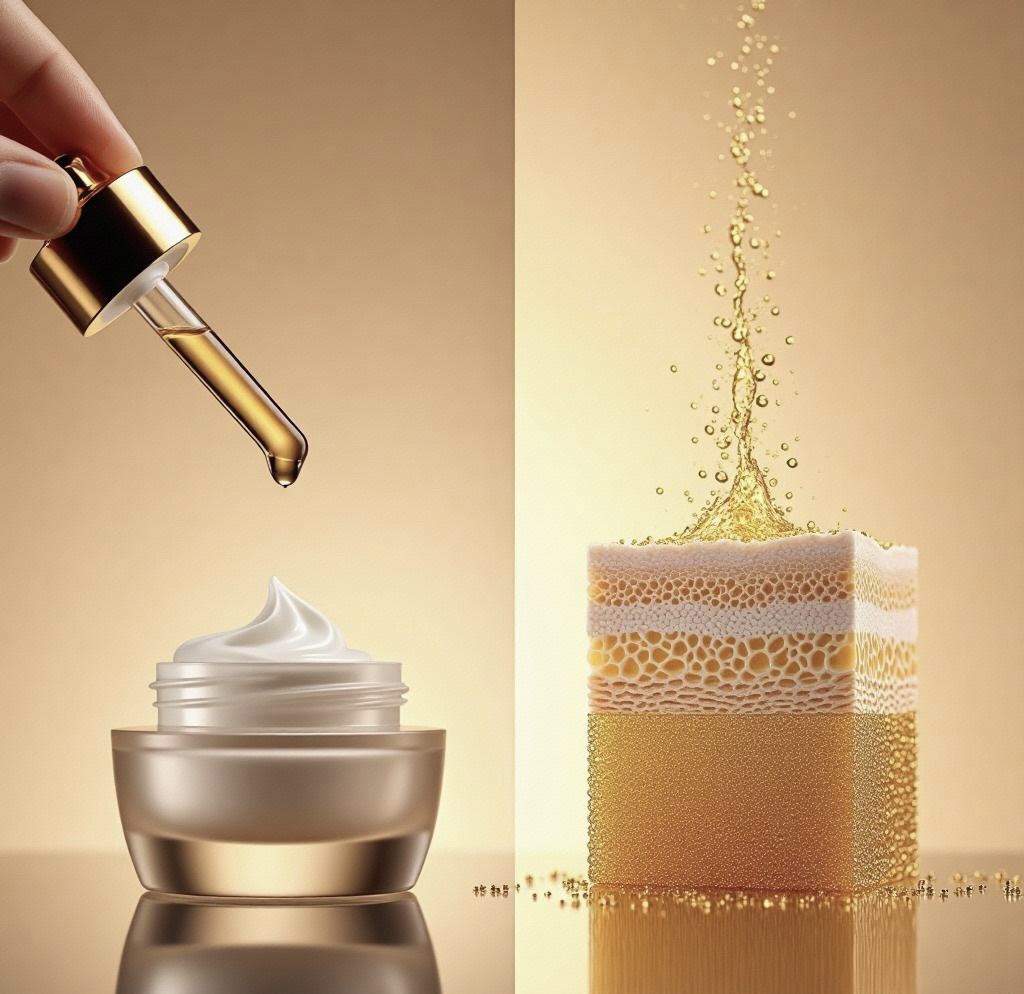
IV. Green Revolution in Agriculture & Food: Chrysin’s Efficiency Leap
In a state-of-the-art Dutch greenhouse, tomato plants thrive thanks to Chrysin. Agricultural trials show that adding minute amounts of Chrysin to hydroponic nutrient solutions boosts crop disease resistance by 60% and increases yields by 35%, all while meeting strict organic standards. In livestock farming, feed supplemented with just 0.01% Chrysin accelerated broiler chicken weight gain by 22%, improved feed conversion rates by 18%, and slashed Salmonella infection rates to just one-fifth of control groups. Chrysin’s role in food preservation is even more impressive: strawberries wrapped in Chrysin-infused edible film lasted 7 days at 25°C, with spoilage rates only 13% of conventional packaging. Dairy producers found yogurt with added Chrysin retained 45% more vitamins and showed 30% better taste stability during storage. These tangible results are transforming the entire agri-food chain. Experts estimate widespread Chrysin adoption could boost agricultural efficiency by 25-40% and eliminate 2 million tons of chemical pesticides annually – explaining why the world’s top 10 agricultural giants are racing to patent Chrysin applications.
V. The Industrial Multitasker: Chrysin’s Surprising Value in Manufacturing
On the production line of a German specialty coatings factory, technicians calibrate a new anti-corrosion formula enriched with Chrysin. Accelerated salt spray tests revealed that marine paint containing 1.2% Chrysin endured 3,800 hours – 2.7 times longer than traditional products – potentially extending maintenance cycles for sea-crossing bridges from 3 to 8 years. The textile industry was stunned to discover Chrysin-treated cotton achieved AAA-grade antibacterial status, maintaining over 85% bacteria inhibition even after 50 washes, prompting sportswear brands to embrace this natural solution. In plastics, Chrysin-modified packaging films reduced oxygen transmission rates by 67%, extending fresh meat shelf life by 5 days and potentially cutting global food waste by 13%. Most unexpectedly, Chrysin shows promise in lithium batteries: as an electrolyte additive, it boosts cycle life beyond 1,200 charges with 40% higher capacity retention – a breakthrough poised to reshape the renewable energy sector. Industrial analysts predict the Chrysin manufacturing market will reach $8.2 billion by 2025, growing at 31% CAGR, not counting its massive indirect benefits.

VI. Unlocking Chrysin’s Full Potential: The Science-Based Usage Guide
To harness Chrysin’s maximum benefits, master its “Golden Rules of Application.” In nutraceuticals, the clinically validated optimal dose is 50-200mg daily, ideally paired with piperine (black pepper extract) to boost bioavailability 5-8-fold. For cosmetics, just 0.3%-1% inclusion delivers visible results, but requires nano-carrier technology to overcome solubility challenges. In agriculture, remarkably low doses of 5-10 grams per acre produce significant growth benefits, relying on precise slow-release delivery systems. Industrial applications typically involve synergistic formulations – combining Chrysin with chitosan, for instance, creates a powerful antibacterial synergy. Temperature control is critical: Chrysin degrades above 60°C (140°F), necessitating strict thermal management during processing. Fortunately, modern microencapsulation technology extends Chrysin’s stability beyond 24 months, making practical application feasible. We recommend starting with small-scale trials – perhaps 100kg of Chrysin-enriched lotion or 500 liters of treated nutrient solution – to validate results before scaling up. This measured approach maximizes return on investment.
VII. Why NOW is the Prime Time to Invest in Chrysin?
Looking back from mid-2025, Chrysin stands on the brink of explosive growth. While the global natural ingredients market grows steadily at 12% annually, Chrysin-related products surge at triple that pace. Regulatory winds are favorable: the EU recently added Chrysin to its Novel Food catalogue, and the US FDA eased restrictions for functional foods. Supply chains have matured – advanced bio-fermentation slashed Chrysin production costs by 47% over three years while raising purity to ≥99.9%. ROI analysis shows skincare products with Chrysin command 35-60% price premiums while costs rise only 8-12%; payback periods in agriculture are even shorter, typically 6-8 months via yield gains and pesticide savings. Most compellingly, Chrysin’s current global market penetration remains below 15%, granting immense first-mover advantage. One of our nutraceutical partners achieved 230% sales growth in just six months by launching Chrysin sleep capsules – clear proof of market hunger.
VIII. Open Your Gateway to Chrysin Wealth: Professional Solutions Await
By now, you’re likely envisioning how Chrysin could transform your products or processes. As a leading Chrysin solutions provider, we offer comprehensive expertise from raw material to end application. Our high-purity Chrysin (≥98%) boasts a monthly capacity of 5 metric tons. Our nano-emulsification technology elevates bioavailability 9-fold. Our expert team tailors formulations for cosmetics, agriculture, or industrial use. Best of all, we offer an extensive application database with 327 validated formulation blueprints, potentially saving you 90% in R&D time.
Contact us now to receive free samples and customized application advice.
Seize this game-changing opportunity – let Chrysin inject golden value into your business!

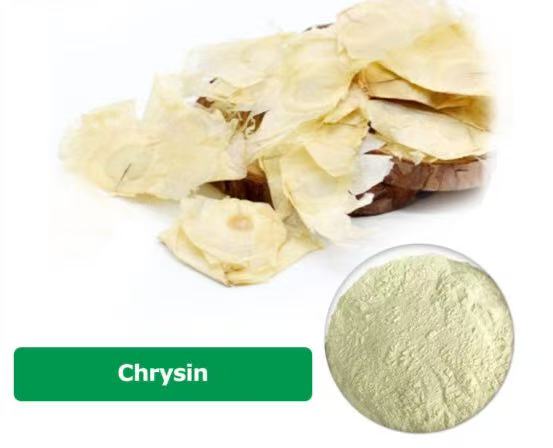
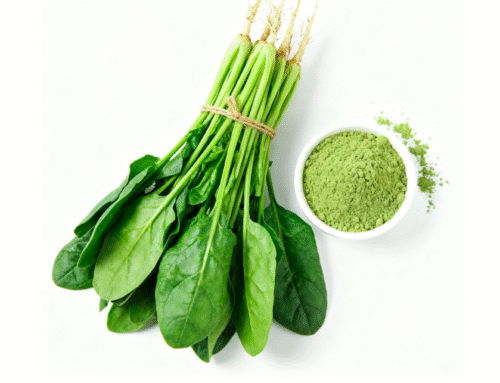
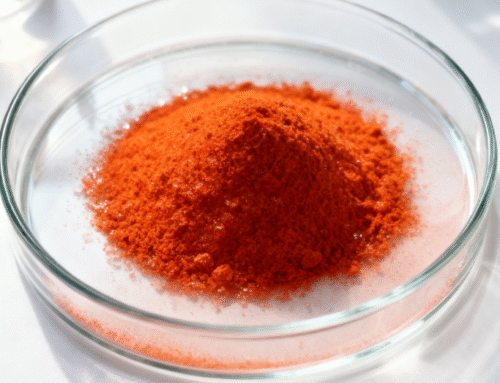
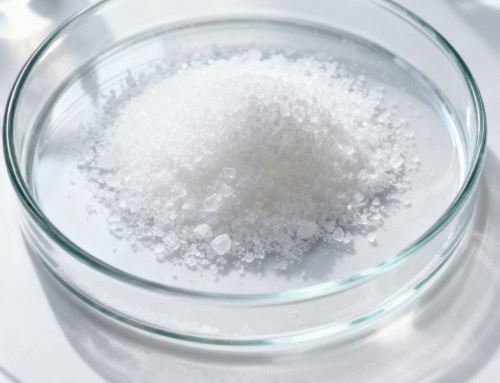
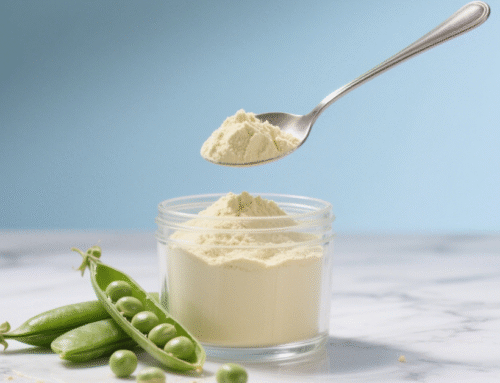
Leave A Comment